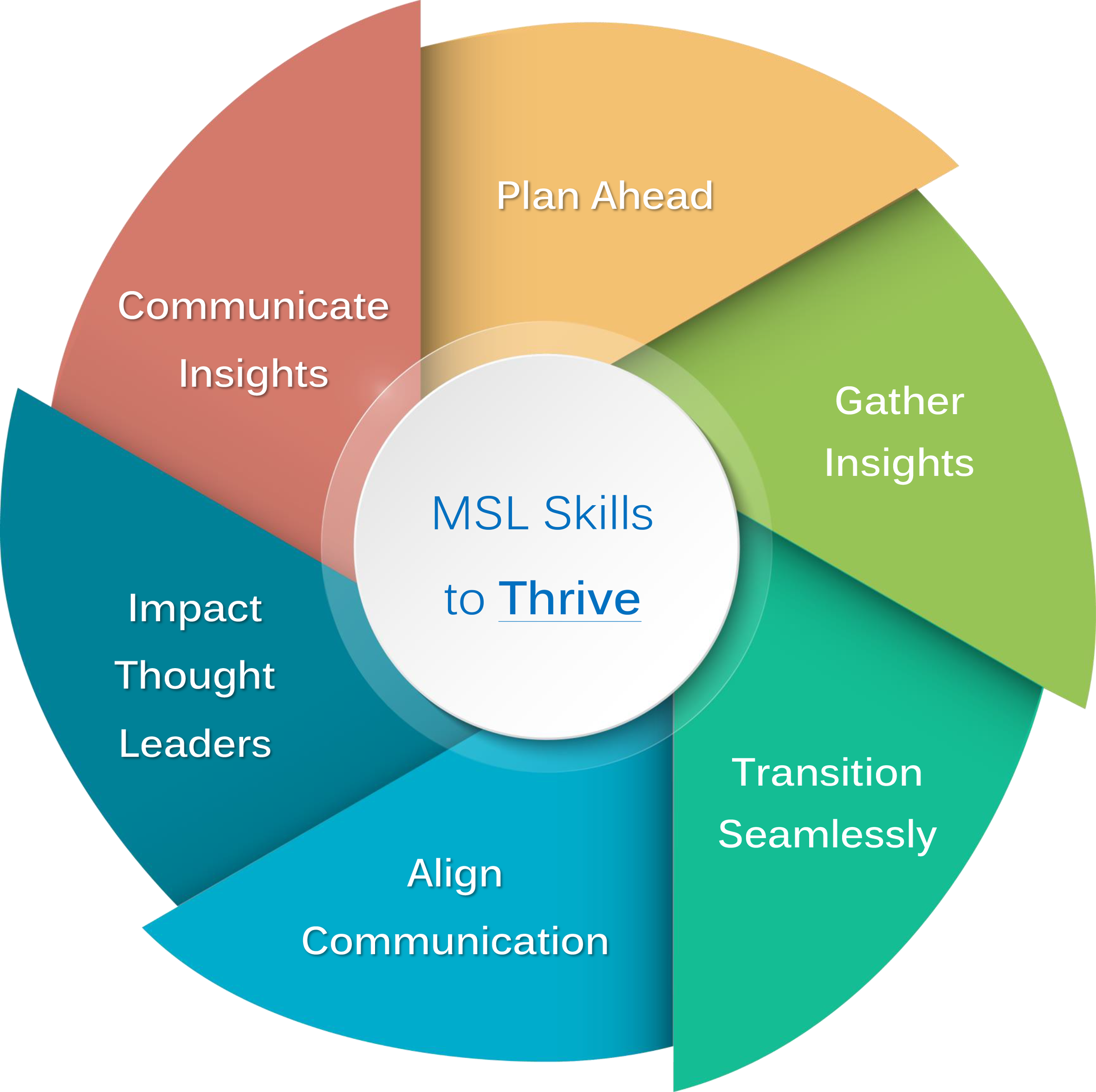
3 Steps to Align Communication and Connect with KOLs
Does it ever feel like you and a KOL are speaking a different language?
You share valuable data that should address their concerns and answer their questions, but it doesn’t seem to have that effect. You may notice the KOL seems impatient, distracted, annoyed, distant or confused.
It’s possible that you and the KOL are speaking a different language; a different behavioral language.
Here are three steps to aligning your communication style to mesh with the KOL’s behavioral style, making them more receptive to what you’re saying.
1. Learn the DISC Language to Understand KOLs.
DISC is the language of observable behavior. Applying DISC theory is an effective way to identify and understand different styles.
DISC stands for Dominance, Influence, Steadiness, and Compliance, and refers to four different behavioral styles. While everyone demonstrates varying degrees of these styles, most people have a stronger tendency toward one in particular.
When interacting with a KOL, your awareness of their preferred style of behavior will improve the quality of your meetings, cultivate deeper relationships, and lead to more valuable insights.
Familiarize yourself with the four DISC behavioral styles described in the chart below:

As you increase your command of the DISC language, you’ll enhance your ability to quickly identify a style, which is the first step in aligning your communication approach with theirs.
You can download this DISC Job Aid for a quick reference on how to recognize and adapt to each of the four styles.
2. Continuously Develop Your EQ.
EQ (Emotional Quotient), or emotional intelligence, plays a role in every encounter and relationship. It’s comprised of five components that make us more adept at aligning our communication with others:
- Self-awareness = Know thyself
- Self-regulation = Control impulses, keep emotions in check
- Self-motivation = Drive, passion, perseverance
- Social awareness = Empathy – sensing how others feel and responding appropriately
- Relationship management = Trustworthiness, influence, likability
Arthur Chan, Ph.D., MBA and Medical Director at Novartis writes that “medical science liaisons exponentially add value when they have strong emotional intelligence.” Chan also describes how emotional intelligence enables you to “be a chameleon” and blend in with different behavioral styles or personality types.
Emotional Intelligence is a crucial skillset for aligning your communication to each KOL’s style. For example, increasing your self-awareness (what’s your style?) and social awareness (what is the KOL’s behavior telling you about their style?) are two elements that will greatly impact your ability to align communication.
The five EQ components work together interdependently, so you’ll want to work on continuously enhancing each one over time. Unlike IQ or other traditional measures of intelligence, your emotional intelligence (can be significantly increased with practice. You can use this Emotional Intelligence Tip Sheet to help develop your EQ.
As your social awareness increases, you’ll be able to pick up clues to each KOL’s style. You can also learn more about KOLs prior to your meeting to get a head start. Follow these best practices for identifying their dominant behavioral styles:
- Prior to the meeting, talk to others who have met the KOL. Ask about whether they prefer to small-talk before getting down to business (S/I styles) or jump right into the data (D/C styles).
- Once you are on site, look around the room/office for clues. Photos of family and friends might indicate the “people-oriented” styles of S and I. Diplomas and certificates could imply the “task-oriented” styles D and C.
- During the interaction, watch for both visual and verbal clues to the KOL’s style
- Do they frequently look at their watch, phone or laptop during the meeting? This behavior could imply a Dominant style.
- Do they ask about your family or what you did during a holiday? This behavior could imply a Steady or Influencer style. It also provides a great opportunity to build rapport.
3. Align Your Communication Style.
This step is where the rubber meets the road. You’ve become aware of your own dominant style, and you are able to recognize the KOL’s style. Do you have similar styles, or do you need to flex your communication?
For example, if you lean toward a more people-oriented style, but the KOL leans toward a more task-oriented style, it’s time to flex. While most people appreciate a polite, “How are you,” to start the conversation, you’ll want to jump right into your key points with a strong D or C. You will build your rapport and your credibility over the data.
Alternatively, if you lean toward a more task-oriented style, and the KOL is more people-oriented, make sure you take time to ask them about themselves – and be willing to share too! This small talk may not feel important, but by building rapport up front, you will have a more willing listener when you get to the data. You may also find it easier to ask questions and learn more about specific experiences they are having the therapies.
For more details about what different styles may want from you, download the DISC Job Aid.
Seek First to Understand, Then to Be Understood
When meeting with your KOLs, seek first to understand, then to be understood. By using the three strategies above, you’ll increase trust and create better relationships with them. Over time, this means better insights and improved patient outcomes.
Want more strategies to develop as a Medical Liaison? Check out our next blog for more MSL content or browse through all 6 “MSL Skills to Thrive” below.

You can also contact us to schedule a skills development workshop for your team.
